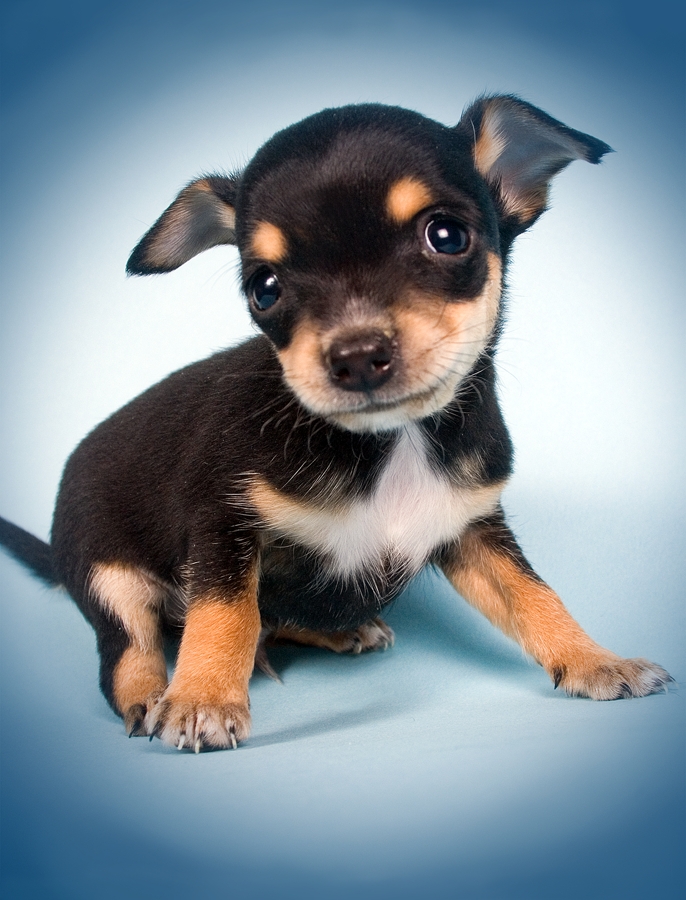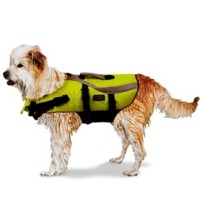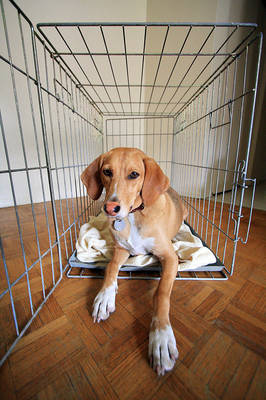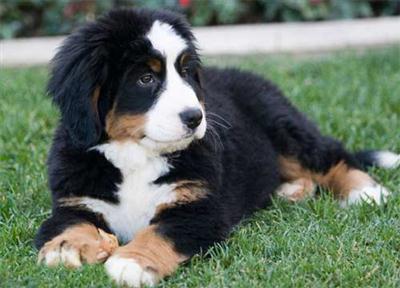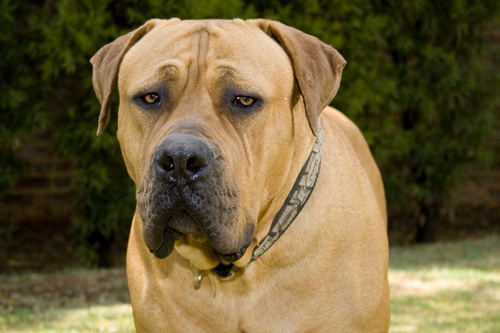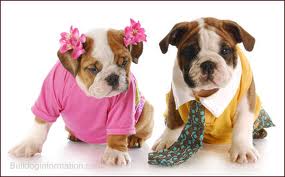There’s no denying that puppies are absolutely adorable. They nuzzle into your neck, give warm kisses, gaze at you with soft, trusting eyes, and have sweet puppy breath. For many people, these benefits are well worth all the trouble that a puppy can cause.
When deciding to get a puppy or adult dog, it’s wise to consider that puppies are trouble in a cute little package. Puppies are definitely great at trouble . They chew shoes, soil carpets, ruin furniture, cry all night, bite toes, pull down drapes, chase the cat, bark at nothing, refuse to go outside to pee until 3:00 am, and generally disrupt everyone and everything around them.
Many people want to get a puppy because they can train and socialize it exactly the way they want. This is actually a pretty good reason to get a puppy, as long as you’re willing and able to undertake the huge responsibility of training and socializing, and aware of the uncertainties that come with getting a puppy.

